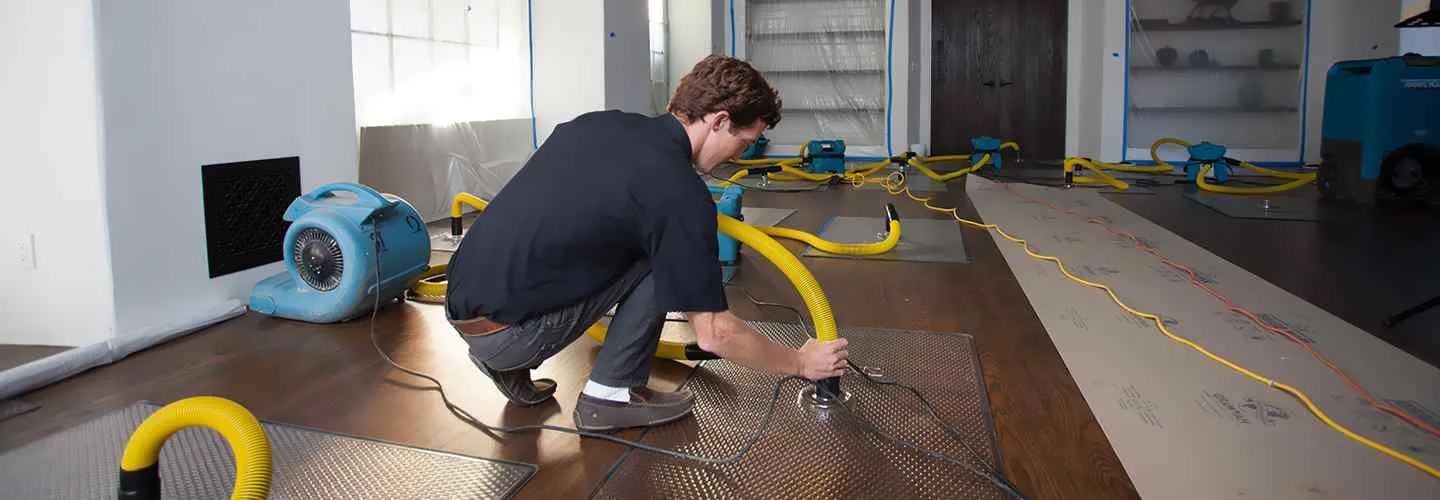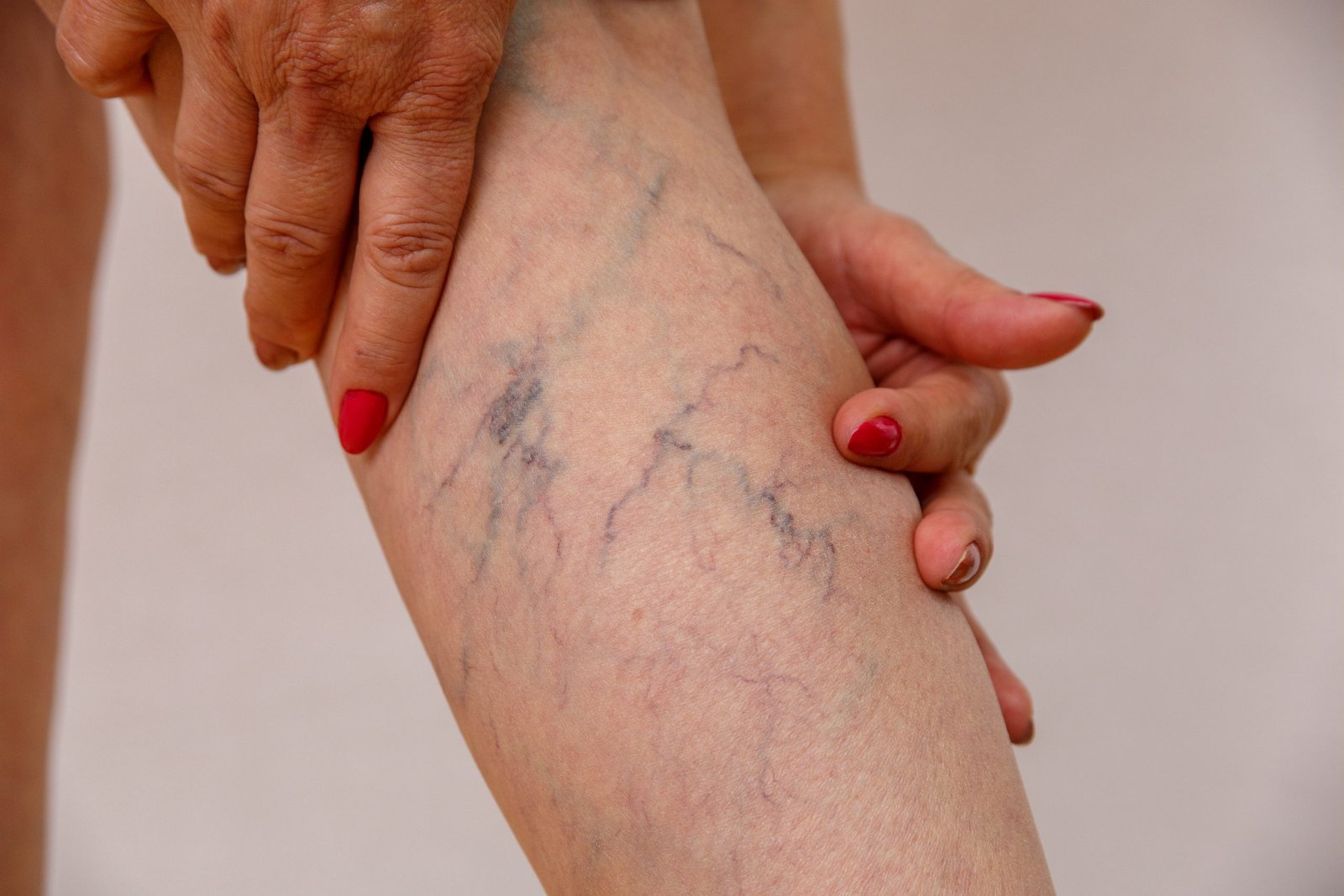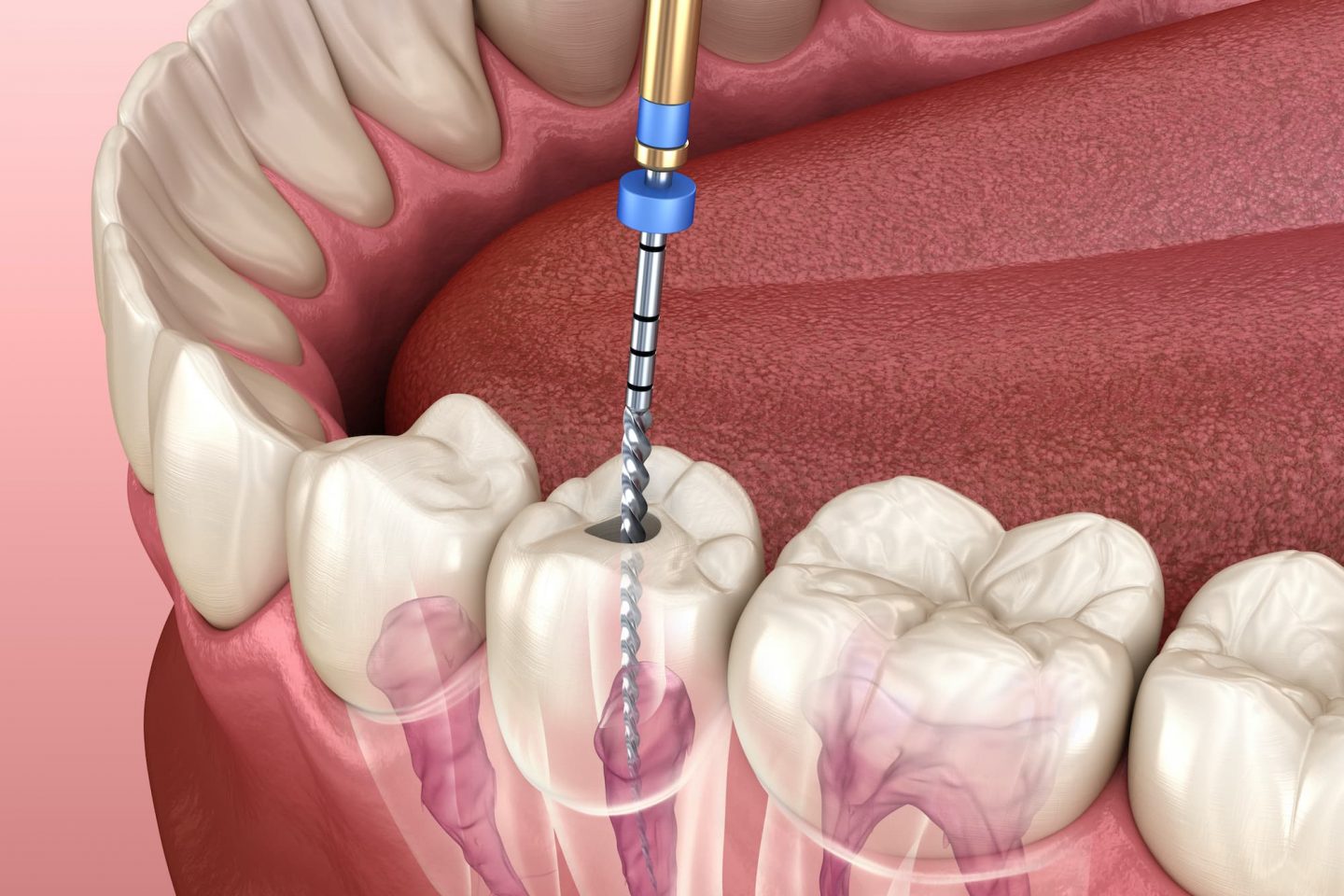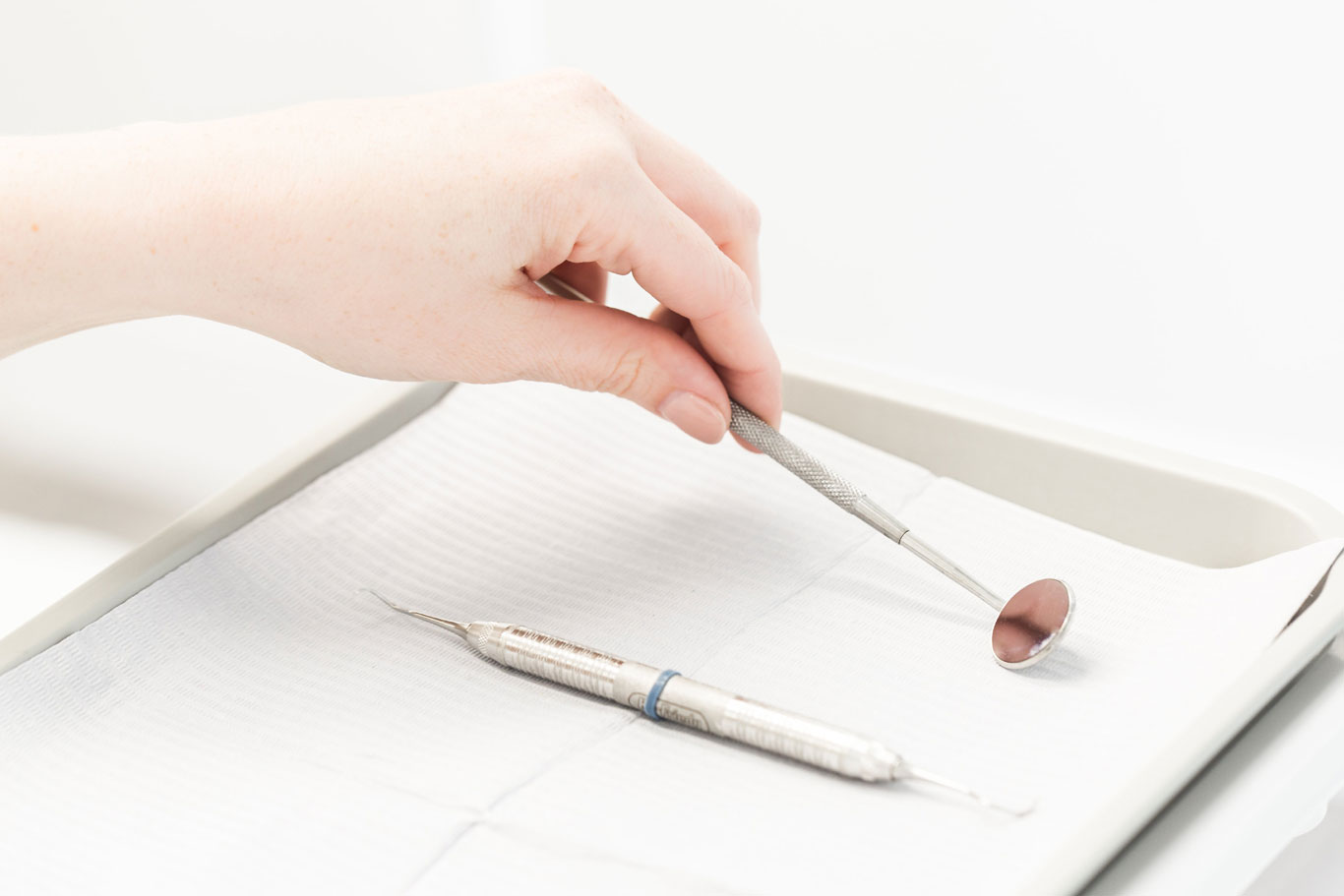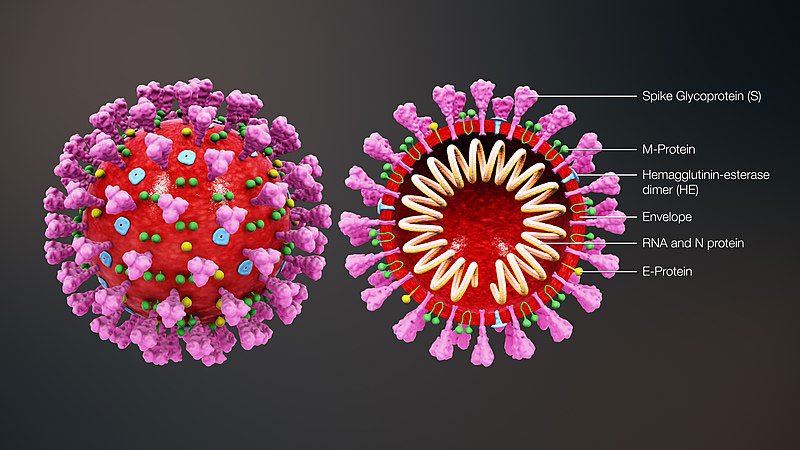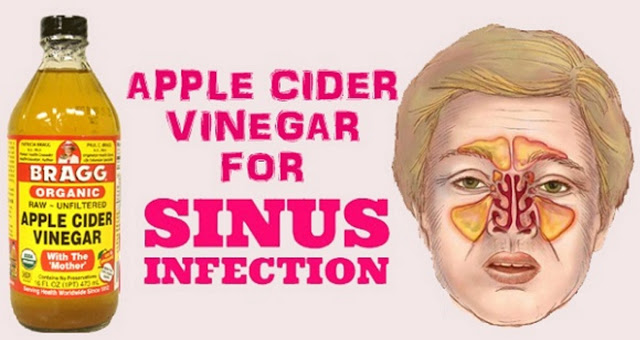Root canal or endodontic treatment is the last resort to save your natural teeth. It becomes necessary when the center part of the tooth (pulp) containing nerves, blood vessels, and living connective tissues becomes inflamed or infected. A
root canal dentist near me performs a root canal procedure to save a severely damaged or infected natural tooth instead of pulling it out. The
root canal specialist houston
or endodontists will carry out this procedure. The most common reason for tooth infection or damage is dental cavities due to plaque accumulation and cracked or broken teeth.
Teeth can chip, crack, or break due to trauma or accident, repeated dental treatment for a particular tooth, and gum diseases. These issues can cause infection and inflammation, which irreversibly damages the pulp. The person experiences excruciating pain at least once in their life. The pain may fade when the pulp dies but usually returns as the infection spreads. You should visit general
dental offices near me immediately if you experience gum, pain, or toothache.
How do dental specialist performs root canal treatment?
Depending on the tooth's condition, the entire
root canal treatment procedure may need one visit, possibly two or even three. The interval between each sitting may be between 30 and 90 minutes. According to a
walk-in dental clinic near me, it's a simple procedure with minimal to no discomfort.
- First, they apply a local anesthetic to the problematic tooth.
- After the tooth and its surroundings have become numb, the endodontist drills a hole through the tooth's crown or biting surface to access the pulp chamber. If the tooth is a front tooth, the endodontic specialist drills an opening from behind the tooth.
- The endodontist uses specific files to remove the diseased, infected, and dead pulp from the canals. The anesthesia has rendered the area numb, and since the excised tissue is dead, the procedure is painless.
- The canals are cleaned with disinfectants once all diseased and dead tissue has been removed.
- The channels are formed precisely with fine instruments so that gutta-percha root canal fillings can be inserted inside and sealed.
- An interim sealant cover material is positioned above the gutta-percha. Until a crown or cap that resembles a natural tooth is placed on the treated tooth, this covering material is left in place.
- The crown is then affixed to the tooth and secured with cement to prevent removal.
What are the post-treatment guidelines for recovery after a root canal procedure?
The following are the post-treatment instructions for
root canal recovery:
- Follow the dentist's advice and take antibiotics.
- Regular flossing and brushing teeth are crucial to maintaining proper oral hygiene.
- After receiving a root canal, it is advised to wait a few hours before consuming anything. There is a potential that you will unintentionally bite your teeth or tongue while eating because the treated area is numb. After the numbness subsides, you can eat.
- After a root canal procedure, stay away from crunchy and hard foods like candy for a few days.
Conclusion
The above-provided details and information will help you learn some beneficial aspects of root canal treatment. To know more informative facts and updates, please visit epicdentalcenter.com.


